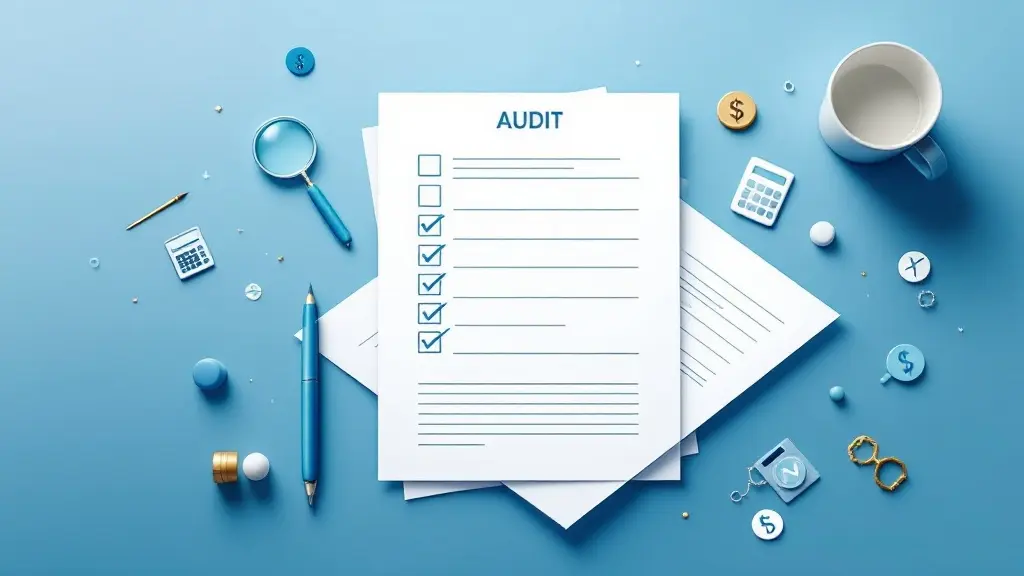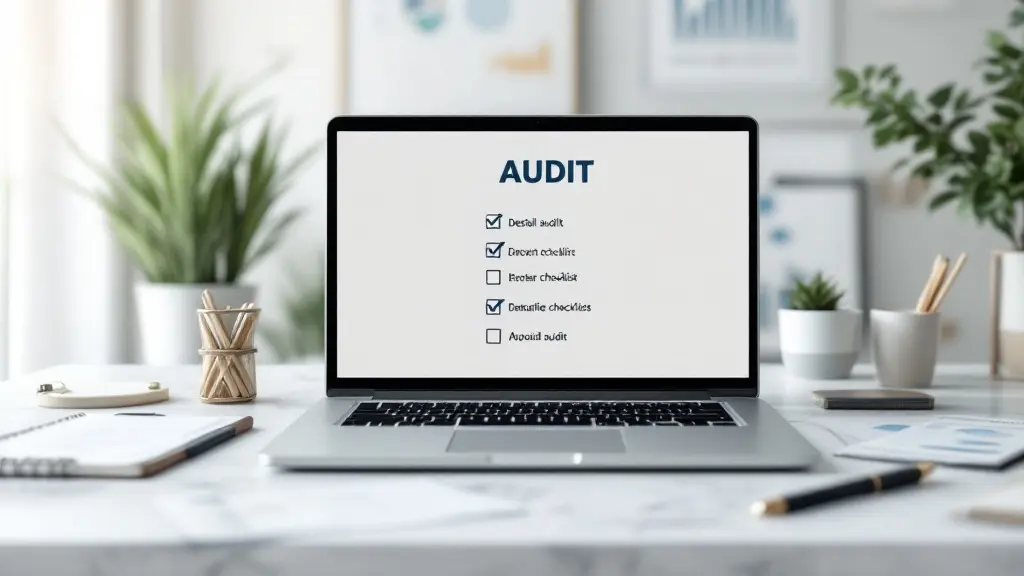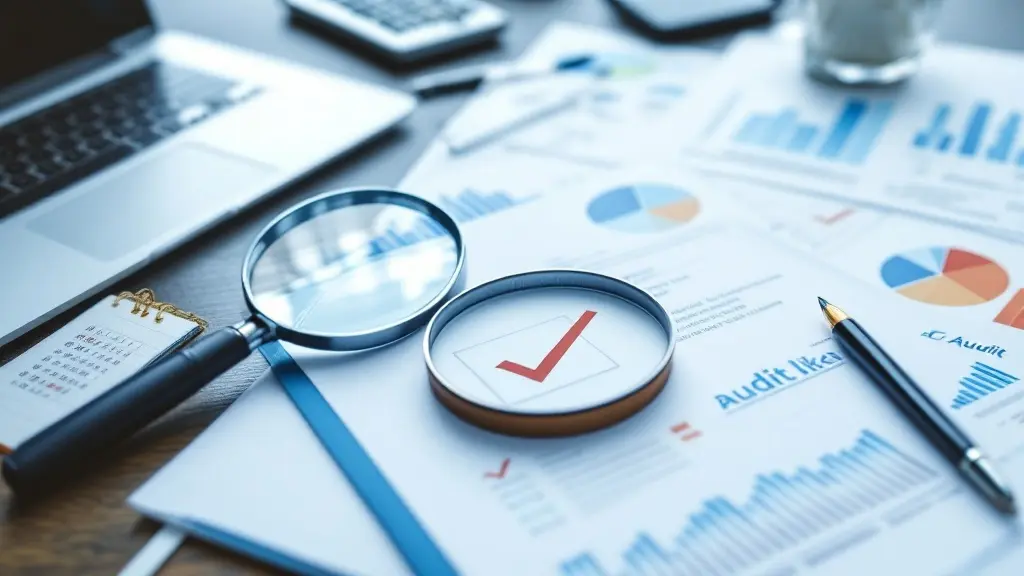Assets Formula: A Comprehensive Guide for Understanding and Calculating Assets
Table of Contents
Most Read
[fusion_dropcap class="fusion-content-tb-dropcap"]I[/fusion_dropcap]n the world of accounting and finance, understanding the concept of assets and how they are calculated is crucial for both business owners and individuals alike. Assets are one of the fundamental building blocks of financial statements, as they represent everything a business owns or controls that can provide future economic benefits. Whether you’re a small business owner, an investor, or just someone trying to get a better grasp of financial concepts, this guide will walk you through the assets formula in detail.
What Are Assets?
Before we dive into the formula, let’s start with a basic understanding of assets. In simple terms, assets are resources owned by an individual or an entity that are expected to generate future value. These resources can be either tangible or intangible, and they are essential in determining the financial health of a business or an individual.
Assets are classified into two main categories:
- Current Assets – These are assets that are expected to be converted into cash or used up within a year. Examples include cash, accounts receivable, and inventory.
- Non-Current Assets – These are assets that are expected to provide value for more than a year. Examples include property, plant, equipment, and intangible assets like patents.
The Assets Formula: Understanding the Basics
The core formula for assets is based on the accounting equation:
Assets = Liabilities + Owner’s Equity
This equation is the foundation of double-entry bookkeeping and helps to ensure that a company’s financial statements remain balanced. Here’s a breakdown of each component:
- Liabilities: These are obligations that a business or individual must settle in the future. They include loans, accounts payable, and other debts.
- Owner’s Equity: Also known as shareholders’ equity in a corporation, this represents the net value of a business after all liabilities have been subtracted from its assets. It’s essentially the value attributable to the business owners or shareholders.
Types of Assets and Their Calculations
To better understand the assets formula, it’s important to know the different types of assets and how to calculate them.
1. Current Assets
Current assets are those that are expected to be used up or converted into cash within a year. The formula for calculating current assets is fairly straightforward:
Current Assets = Cash + Accounts Receivable + Inventory + Prepaid Expenses
Let’s break it down:
- Cash: The money a company has on hand or in bank accounts.
- Accounts Receivable: Money owed to a company by its customers.
- Inventory: The goods and materials a company holds for sale or production.
- Prepaid Expenses: Payments made for goods or services to be received in the future, like insurance or rent.
2. Non-Current Assets
Non-current assets are long-term investments that a business will utilize over a period longer than a year. These include tangible assets like property, machinery, and intangible assets like patents. The formula for non-current assets is:
Non-Current Assets = Property, Plant, and Equipment + Intangible Assets + Long-Term Investments
Let’s break it down further:
- Property, Plant, and Equipment (PPE): Physical assets used in production, such as land, buildings, and machinery.
- Intangible Assets: Non-physical assets like trademarks, patents, and goodwill that provide long-term value.
- Long-Term Investments: Investments that a business expects to hold for more than a year, such as stocks or bonds.
Calculating Total Assets
To calculate the total assets of a company or individual, you simply add up the current and non-current assets:
Total Assets = Current Assets + Non-Current Assets
This gives you a comprehensive view of the total value of resources controlled by the entity.
Importance of Assets in Financial Reporting
The assets formula is essential for accurately preparing financial statements such as the balance sheet, which is a key document used by investors, creditors, and business owners to evaluate a company’s financial health. Here’s why assets are so important in financial reporting:
- Liquidity: The composition of current and non-current assets helps assess the liquidity of a company. A higher proportion of current assets indicates the company has enough resources to meet short-term obligations.
- Investment Decisions: Investors use the total assets figure to determine the value of a business and make decisions about buying or selling stocks.
- Debt Management: Lenders look at the asset base to assess the risk of lending money. A company with more assets is generally seen as a lower-risk borrower.
Example of Assets Formula in Action
Let’s take an example to demonstrate the assets formula:
Imagine a small business, ABC Enterprises, has the following details:
- Cash: $10,000
- Accounts Receivable: $5,000
- Inventory: $8,000
- Prepaid Expenses: $2,000
- Property, Plant, and Equipment (PPE): $50,000
- Intangible Assets: $10,000
- Long-Term Investments: $15,000
Step 1: Calculate Current Assets
Current Assets = Cash + Accounts Receivable + Inventory + Prepaid Expenses
Current Assets = $10,000 + $5,000 + $8,000 + $2,000 = $25,000
Step 2: Calculate Non-Current Assets
Non-Current Assets = PPE + Intangible Assets + Long-Term Investments
Non-Current Assets = $50,000 + $10,000 + $15,000 = $75,000
Step 3: Calculate Total Assets
Total Assets = Current Assets + Non-Current Assets
Total Assets = $25,000 + $75,000 = $100,000
Thus, the total assets of ABC Enterprises would be $100,000. This information would appear on their balance sheet, helping investors and creditors assess the company’s financial standing.
How Assets Affect Financial Ratios
Assets play a key role in various financial ratios that provide deeper insights into a company’s financial performance. Some of these ratios include:
- Return on Assets (ROA): Measures the profitability of a company relative to its total assets. The formula is: ROA = Net Income / Total Assets
- Current Ratio: Assesses a company’s ability to meet short-term obligations with its current assets. The formula is: Current Ratio = Current Assets / Current Liabilities
- Asset Turnover Ratio: Shows how efficiently a company uses its assets to generate sales. The formula is: Asset Turnover = Net Sales / Total Assets
These ratios help stakeholders understand how effectively a company is utilizing its assets and whether it is in a strong financial position.
Conclusion
The assets formula is a fundamental concept in accounting and finance that plays a crucial role in financial reporting and decision-making. By understanding how to calculate and interpret assets, you can gain valuable insights into the financial health of a business or individual. Whether you’re managing a business, investing, or just curious about how financial statements are prepared, knowing how assets are structured and calculated is essential for making informed decisions.
Remember, assets aren’t just about the things a business owns—they represent future value and potential. By analyzing assets properly, you’ll be better equipped to assess a company’s performance and financial standing.









